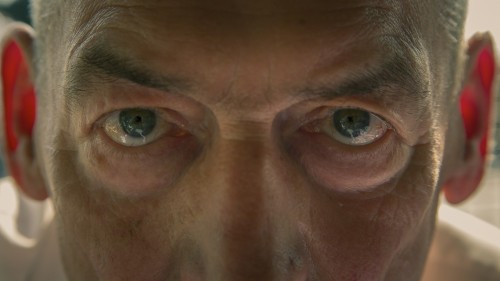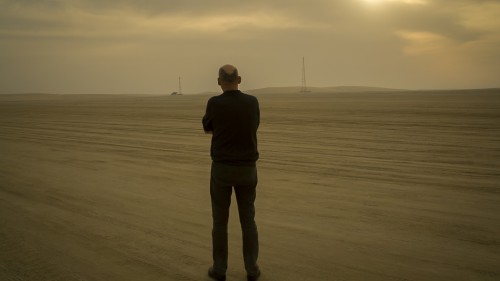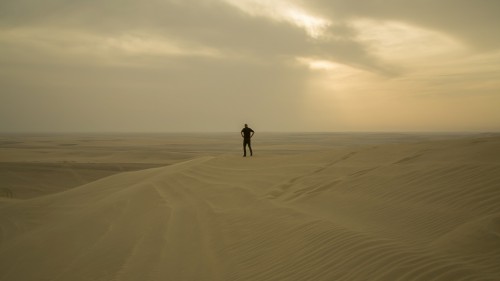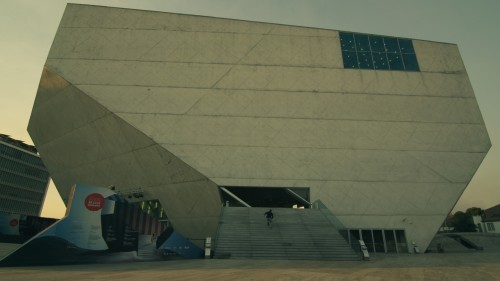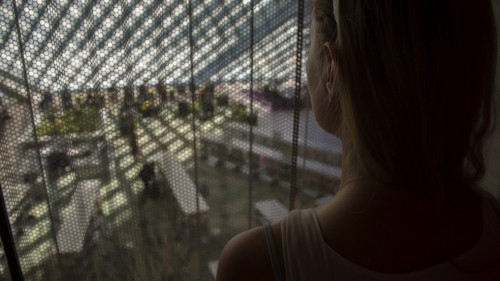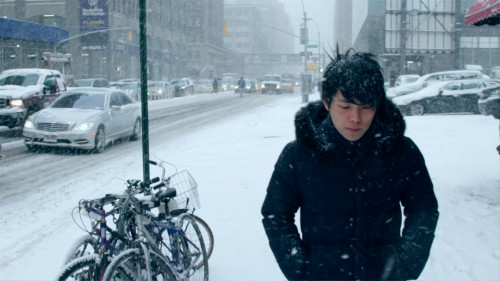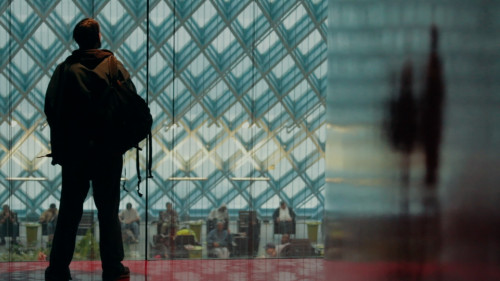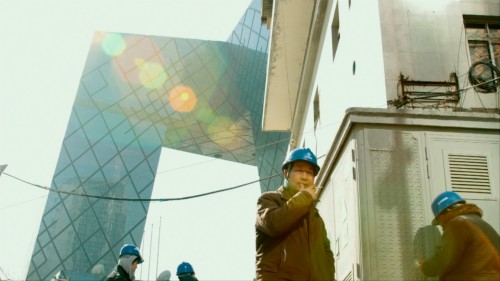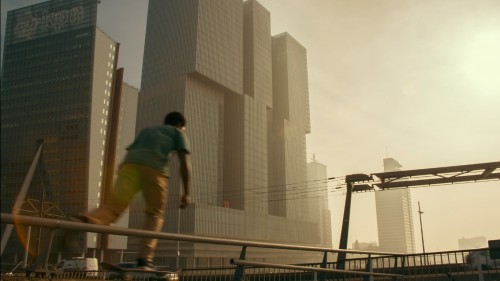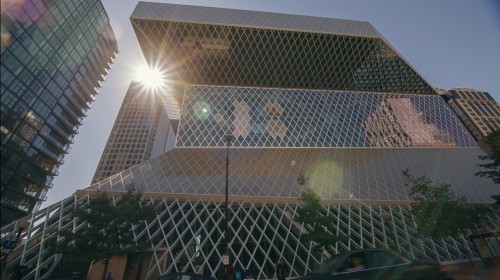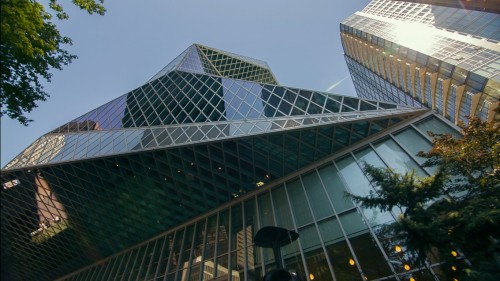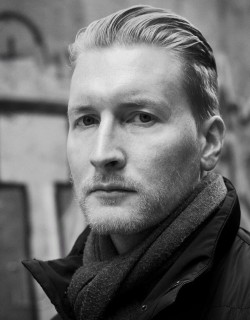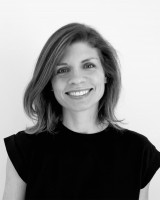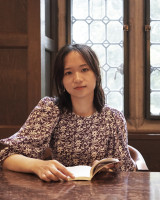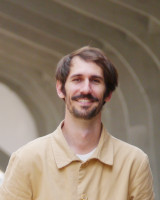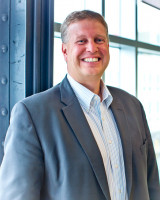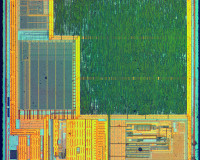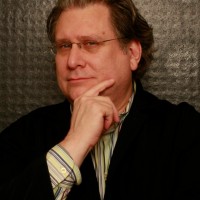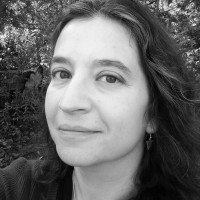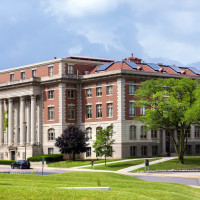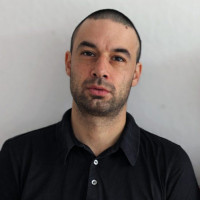Syracuse Architecture presents documentary film maker Tomas Koolhaas, son of international architect Rem Koolhaas, for introductory comments by Tomas, plus screening of “REM” (2016), a film he produced about his father. Opportunity for audience Q & A follows. A reception will take place in the atrium. (Film length 1hr 15min)
Trailer 1
Trailer 2
Comments by director Tomas Koolhaas
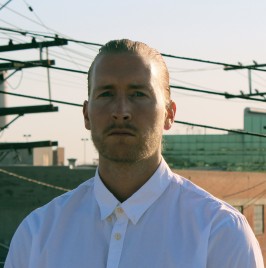 Tomas KoolhaasWhen you make a film about your father the first thing people ask you about is objectivity, or more specifically your lack of it. Without getting too philosophical about it I believe no human being is capable of true objectivity, but it is true that being Rem’s son I’m even less objective than an outside film maker would be. Instead of seeing this as an obstacle to be overcome I decided to use my specific subjective perspective as an attribute to be utilized to give the audience insight into aspects of Rem’s work, life and way of thinking that no one else could. Most documentaries consist (in terms of narrative) of an outside narrator who mediates the information for the viewer using talking head interviews with critics, with a mix of critical and positive views on the film’s subject. This attempt at balance and therefore “objectivity” seems futile and contrived to me, and ends up giving the film a far-removed third person perspective. I decided to forgo these issues by using an immediate, un-mediated and intimate first person perspective. My goal with the film was to show things that have never been shown before, in a more evocative and visually dynamic way than most architecture films. I also wanted the film to be more than just an aggregator of cerebral information, talking head interviews, renderings, technical drawing and architectural shop-talk. I believe all of that information is available elsewhere and a film can do so much more than just convey intellectual information. I wanted to use the format to its full potential. I wanted REM to connect with the viewer on a deeper subconscious level rather than just a purely cerebral one, to show the buildings in a more alive and dynamic way, to show Rem in a fuller and more visceral way and importantly to show a ground level perspective of the human stories that span the history of the buildings, from the design process to construction to many years post-occupancy.
Tomas KoolhaasWhen you make a film about your father the first thing people ask you about is objectivity, or more specifically your lack of it. Without getting too philosophical about it I believe no human being is capable of true objectivity, but it is true that being Rem’s son I’m even less objective than an outside film maker would be. Instead of seeing this as an obstacle to be overcome I decided to use my specific subjective perspective as an attribute to be utilized to give the audience insight into aspects of Rem’s work, life and way of thinking that no one else could. Most documentaries consist (in terms of narrative) of an outside narrator who mediates the information for the viewer using talking head interviews with critics, with a mix of critical and positive views on the film’s subject. This attempt at balance and therefore “objectivity” seems futile and contrived to me, and ends up giving the film a far-removed third person perspective. I decided to forgo these issues by using an immediate, un-mediated and intimate first person perspective. My goal with the film was to show things that have never been shown before, in a more evocative and visually dynamic way than most architecture films. I also wanted the film to be more than just an aggregator of cerebral information, talking head interviews, renderings, technical drawing and architectural shop-talk. I believe all of that information is available elsewhere and a film can do so much more than just convey intellectual information. I wanted to use the format to its full potential. I wanted REM to connect with the viewer on a deeper subconscious level rather than just a purely cerebral one, to show the buildings in a more alive and dynamic way, to show Rem in a fuller and more visceral way and importantly to show a ground level perspective of the human stories that span the history of the buildings, from the design process to construction to many years post-occupancy.
